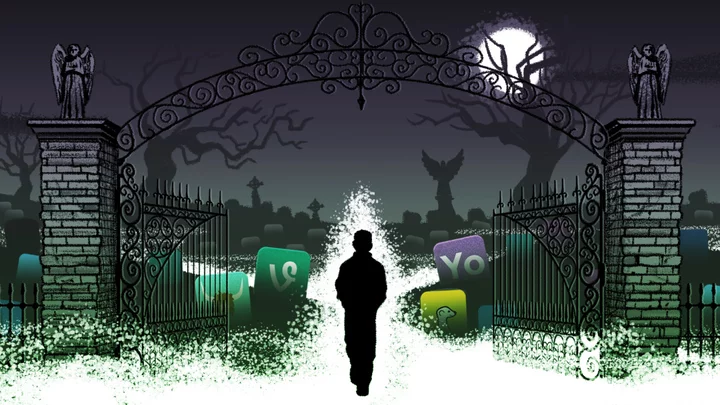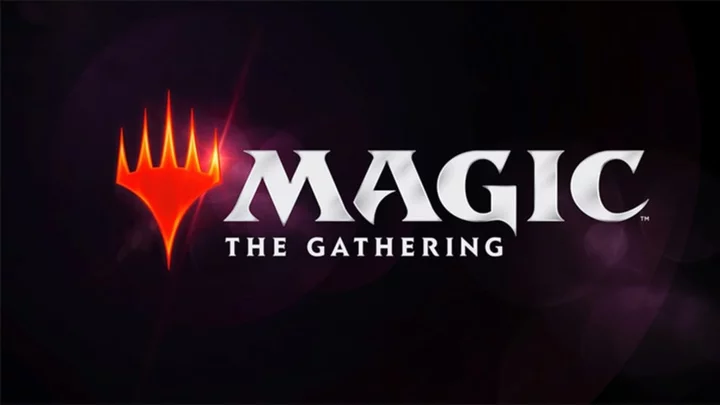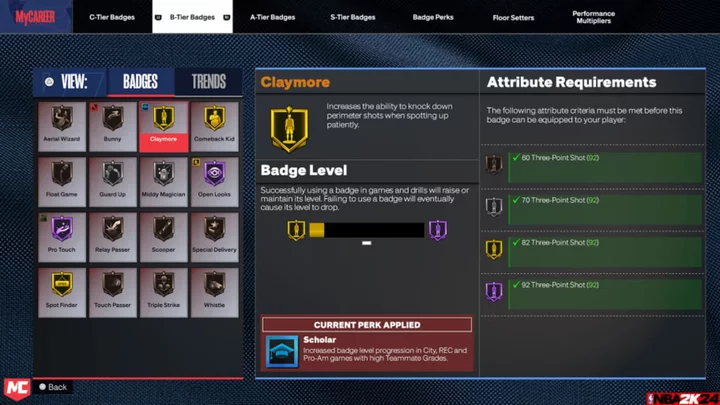It seems like every day, another self-described entrepreneur launches a Twitter without Elon (BlueSky); a TikTok without China (Instagram Reels); a Reddit without a blackout (Artifact); an Instagram without social comparison (Lemon8). Each platform promises to be a home for your genius, creativity, or influencer dreams without all of the politics of the app they’re meant to replace.
And there's not just BlueSky, Artifact, and Lemon8. When Elon Musk took over Twitter in October 2022, folks who wanted to escape the chaos of his seemingly random modifications to the site (the blue check purge, subscription charges, suspending tech journalists, etc.) jumped to Mastodon, Spill, Substack Notes, or a dozen other platforms that advertised themselves as a lifeboat for those looking to abandon ship. But none of these platforms have become the next Twitter. Twitter is still Twitter but worse. Just as a single lifeboat cannot hold all of the passengers of a cruise ship, the "next Twitter" contenders have each claimed just a fraction of the niches that made up Twitter's user base. It leaves many Twitter power users with two options: stay on Twitter or tweet from five other platforms at once.
The allure of social media lies in its promise to connect us with others – for community, for fun, for fame, for money, for power. But all these new platforms are just created by the same dude in a different font, and they each continue to create new challenges for our own sense of self online.
SEE ALSO: We all hate Facebook. So why aren't we deleting our accounts?Pointless little platforms
The new social media platforms that take off often work because they're filling a void. TikTok gained such notoriety while we were in the depths of the stay-at-home orders as a result of the pandemic, the app had a wildly addicting algorithm, and there hadn't been anything like it since the then-defunct Vine. But the majority of new social media apps are all attempting to crowd themselves into the same, already occupied space.
As new platforms emerge, aiming to revolutionize the way we connect and share, they often have an uncanny resemblance to the very platforms they intend to replace. Many of these apps are founded by entrepreneurs with established connections in the tech world, and are almost always carbon copies of the guy who owns the apps that users are trying to escape.
BlueSky was created by Jack Dorsey, the former CEO of Twitter; Spill was created by former Twitter employees; Artifact was created by the creators of Instagram. And perhaps because of their ties to the original apps, these new creators do very little to address what makes social media get toxic in the first place. Mastodon pitched itself as a decentralized solution to Twitters mess, but in practice inherited a lot of the anti-Blackness of Twitter. Lemon8 is still run by ByteDance, headquartered in China. Substack Notes doesn't even have content moderation. In the end, they repeat our cycle of misery.
An inescapable loop of failure
Here's how the cycle goes: A new social media platform launches to replace one that has a myriad of problems (they all do). You've heard that getting in on the ground floor of a new app can make you a notable character on the platform and, since everyone is talking about it, you join that platform. You are interested in it for about four hours, but you start having difficulty deciding what to post. Do you replicate your existing online presence, resurfacing the same thoughts, images, and ideas they have already shared across multiple platforms, perpetuating a cycle of duplication, or do you embark on the arduous journey of crafting a new virtual persona, redefining yourself to suit the specific environment of the platform? Eventually, the initial interest from your friends and online peers dies down, maybe because the invite-only Betas leave many people feeling left out. Your posts don't get as many interactions on the new app. You stop scrolling and you stop posting. You sheepishly return to the platform you were on before. Another entrepreneur steps in with another new app promising a Better Platform. You are intrigued. The cycle repeats.
Some ex-Twitter power users will have enough social capital to thrive on a single platform of their choice, becoming a Substack Newsletter Guy or a Mastodon super-user, bringing a portion of their existing followers with them. These people usually have their very own megaphones that travel well. For the rest of us, the platform is the megaphone, connecting us to others, allowing us to be heard, to intervene in conversations with influential people, or simply to have fun. In order to keep up, we now find ourselves scrolling, posting, and commenting, hoping to keep up with the constant stream of content pouring in from every direction. These new platforms aren't solving the problems we hope to resolve, and, eventually, they go the way of MySpace and AIM.
Mastodon boasted 2.5 million monthly users in December of last year, shortly after Musk's Twitter takeover. But by late January, that number dropped to 1.4 million. All the while, Twitter has retained a good chunk of its user base, either due to familiarity of the app or exhaustion of the options. The aftermath of the Cambridge Analytica scandal in 2018 prompted people to say they were leaving Facebook, but there are more users on that platform today globally than there were in 2018.
We keep returning to the very apps and platforms that hurt us because many of us feel like we have to — to connect with family across the world, to network, for work, for self discovery. So instead of leaving, we begin yearning for an option that we hate just slightly less. Tech bros see this, and jump. In the end, the people who need these platforms the most are also the ones least served by the entrepreneur parade.









